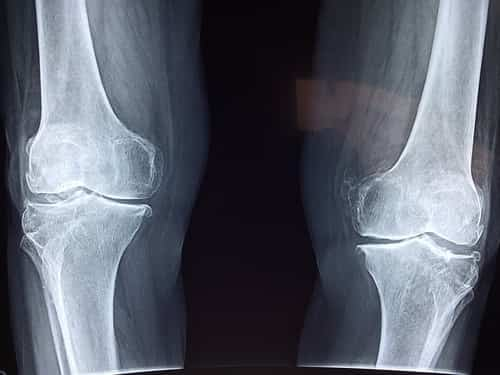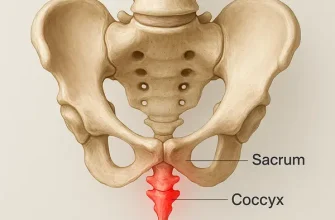Bone broth, much cherished in many cultures for its taste and nutritional benefits, has long been a part of traditional cuisines worldwide. When it comes to bone health specifically, bone broth can be quite beneficial.
Here’s a friendly rundown of the top 5 benefits bone broth offers for your bones:
1. Rich in Essential Minerals
Bone broth is a mineral powerhouse. It contains calcium, magnesium, phosphorus, silicon, sulphur, and trace minerals that are crucial for bone formation and maintenance. When bones are simmered for extended periods, these minerals are leached into the broth, making them easily absorbable for your body – quite like giving your bones a natural mineral supplement!
2. Collagen Boost
As bones are simmered, collagen from the animal bones and connective tissues is broken down into gelatin, which is then easily consumed in the form of broth. Collagen is the main protein found in bones, tendons, and ligaments and is essential for maintaining the structure and integrity of your skeletal system. Regularly consuming bone broth could therefore help contribute to healthier bones and joints.
3. Joint Health and Cartilage Support
Bone broth contains glucosamine and chondroitin – natural compounds found in cartilage. As these substances are integral to maintaining joint health, regular consumption of bone broth may help in reducing joint pain and inflammation, thus supporting overall joint mobility and comfort.
4. Amino Acids Galore

Amino acids such as glycine and proline play a role in bone health. Glycine supports the creation of collagen in your body and helps build muscle tissue, which in turn takes some load off your bones. Proline is important for the regeneration of cartilage and the maintenance of healthy joints. Together, these amino acids found in bone broth are supportive allies for your skeletal system.
5. Supports Healing and Recovery
For those recovering from bone injuries or surgeries, bone broth can be a nutritious addition to the diet. It’s gentle on the system, full of nutrients that are essential for healing, and it helps in hydration due to its high water content. The healing properties of bone broth can provide a comforting and nutrient-dense food option when the body needs it most.
Hearty Bone Broth Recipe to Strengthen Your Bones
Below is a detailed guide on how to make a healthy batch of bone broth that is ideal for improving the strength of your bones. Packed with essential minerals, vitamins, and amino acids, this recipe for bone broth is not only delicious but also beneficial for the overall health of your bones.
Ingredients:
- 2-3 pounds of mixed bones (beef, chicken, or fish), preferably from grass-fed animals or organic sources
- 2 tablespoons of apple cider vinegar
- 1 large onion, quartered
- 2 carrots, roughly chopped
- 3 celery stalks, roughly chopped
- 4 garlic cloves, peeled and smashed
- 1 teaspoon of salt (adjust to taste)
- 1 teaspoon of whole peppercorns
- 2 bay leaves
- Optional: herbs like parsley or thyme, to taste
Instructions:
- Prepare the Bones:
- If using beef bones, consider roasting them first for 30 minutes at 400°F to enhance the flavor.
- For fish bones, no need to roast; you can start directly with the simmering process.
- Acid Soak:
- Place the bones in a large stockpot or a slow cooker.
- Pour in enough cold water to cover the bones completely.
- Add the apple cider vinegar and let it sit for about 20-30 minutes. The acid helps to break down the bones and release nutrients.
- Add Vegetables and Spices:
- To the pot, add the onion, carrots, celery, garlic, salt, peppercorns, and bay leaves.
- If you have other herbs, feel free to toss them in at this time.
- Start the Simmer:
- Bring the contents of the pot to a gentle boil over medium heat.
- Once boiling, reduce the heat to a simmer.
- Simmering:
- For beef bones, simmer for 24-48 hours.
- For chicken bones, 12-24 hours should suffice.
- For fish bones, 8-24 hours depending on the thickness of the bones.
- During the first few hours, skim off any foam that rises to the surface.
- Strain the Broth:
- After simmering, remove from heat and let cool slightly.
- Strain the broth through a fine mesh strainer or cheesecloth to remove bones and vegetables.
- Cool and Store:
- Allow the broth to cool completely. If any fat solidifies on the top, you can remove it if desired.
- Store in an airtight container in the fridge for up to 5 days, or freeze for later use.
Enjoy your homemade bone broth on its own, or use it as a nourishing base for soups and stews. The rich content of collagen, minerals such as calcium, magnesium, and phosphorous, along with vitamins from the added vegetables, makes this bone broth a beneficial addition to your diet for healthy bones and overall wellness.
Conclusion
In summary, sipping on bone broth might be more than just warming and soothing – it’s a potent way to nourish your bones. Plus, it’s versatile enough to be incorporated into your diet in a variety of ways, whether as a drink, a base for soups and stews, or as a cooking liquid for grains and veggies. So, if you’re looking to give your bones some love, a mug of bone broth could very well be a delightful and beneficial addition to your daily routine!








